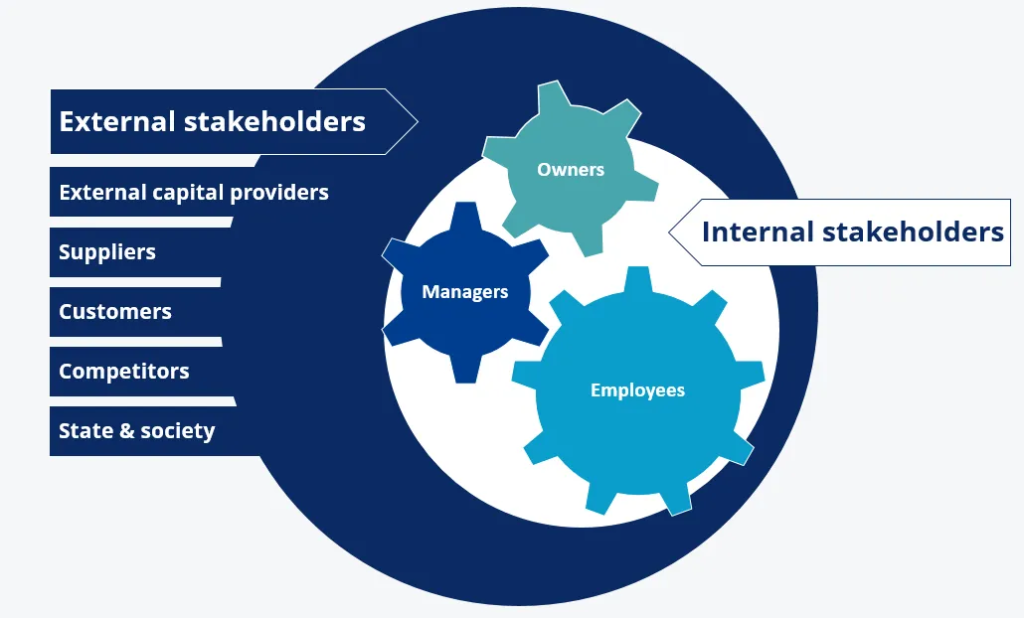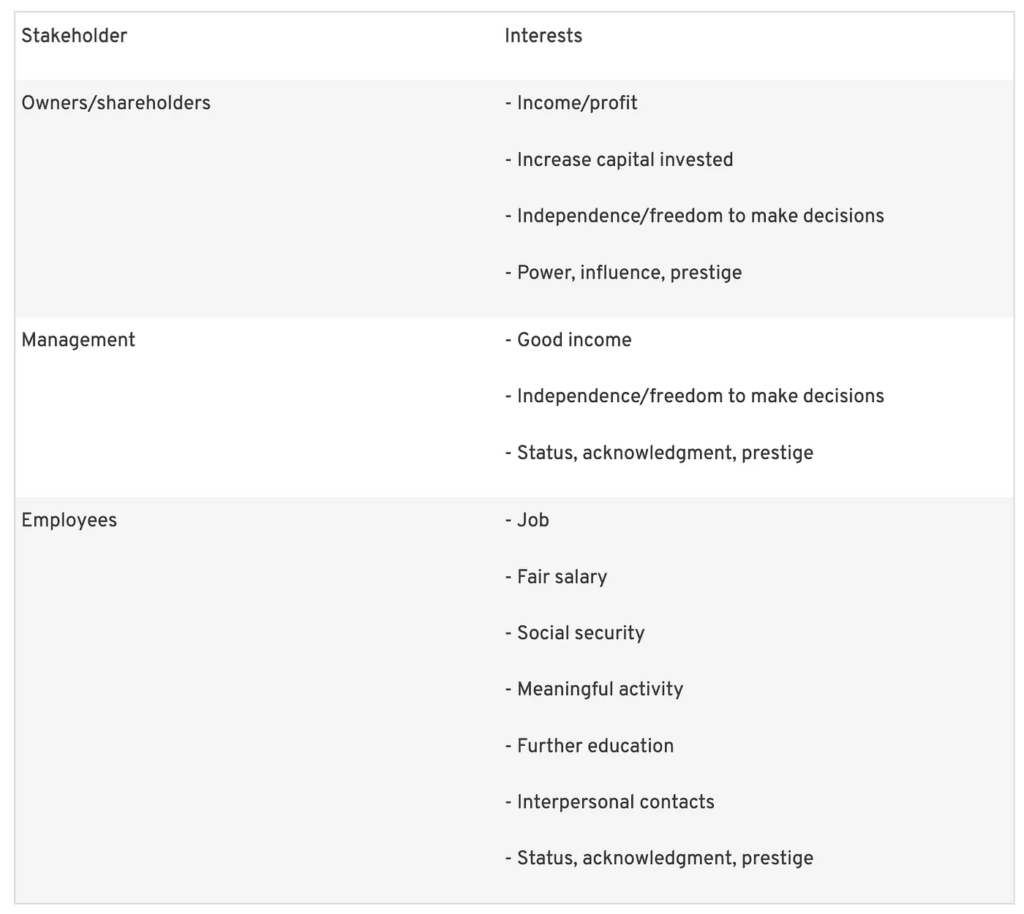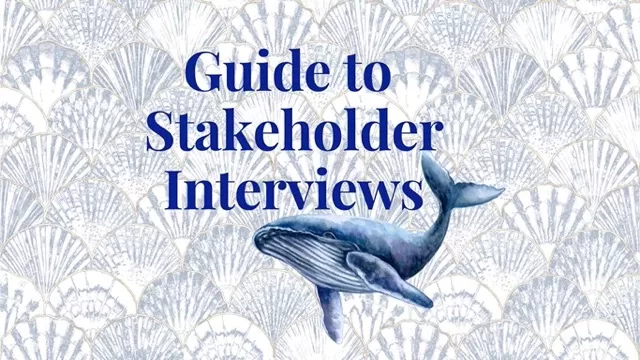Asking the right questions to stakeholders is crucial to identifying effective solutions.
When embarking on a design project, it is imperative to have a set of dependable research tools that can guide you towards success.
Whether you are developing a new product, enhancing an existing service, or implementing organizational changes, engaging stakeholders is a critical aspect of the design process.
However, the key to successful stakeholder engagement lies in the quality of questions that you ask.
This statement highlights the importance of asking precise questions during stakeholder interactions, as it leads to the discovery of valuable insights and facilitates the development of effective solutions.
Designing without proper research is akin to navigating through uncharted waters without a compass.
By emphasizing the need for reliable research tools, this statement stresses the importance of basing design decisions on robust data and insights.
This approach ultimately leads to greater success in achieving project goals, as it ensures that design decisions are grounded in factual information.
Table of Contents
What is a stakeholder interview?
Stakeholder interviews are an invaluable part of UX design, providing a wealth of information that can inform every aspect of the design process.
These interviews typically involve one-on-one conversations with individuals who have a vested interest in the product you’re working on, such as customers, employees, or partners.
During these interviews, UX designers ask a series of targeted questions to gain insights into the needs, preferences, and pain points of stakeholders.
These insights help to shape the direction of the project by providing a clear understanding of what users want and need, what problems they encounter, and how the product can solve those problems.
When conducted correctly, stakeholder interviews can be the most efficient research tool used in UX design. They provide a deep understanding of the user, helping to specify the basis for any project and steering the flow of the entire project.
By incorporating these insights into the design process, UX designers can create products that are tailored to the needs of their users, resulting in higher user satisfaction and engagement.
Who are the Stakeholders?
The term “stakeholders” refers to those directly involved in the project or may be affected by its outcome, positively or negatively. These stakeholders can include individuals or organisations that stand to gain or lose something due to the project’s success or failure.

Types of Stakeholders
Internal Stakeholders: Internal stakeholders are the individuals most involved in your organisation’s day-to-day operations and overall strategy. These stakeholders include employees, owners, and managers, who are all directly employed by or have a vested interest in the company. Typically, three distinct groups of internal stakeholders have unique goals and motivations: owners/shareholders, managers, and staff members.

External Stakeholders: People or groups outside the business. This includes customers, users, suppliers, and investors.
External stakeholders are stakeholders that do not belong to the company. External stakeholders include External capital providers, suppliers, customers, competitors, the state and society.

What are the benefits of stakeholder interviews in the UX design process?
Stakeholder interviews are worthwhile research mechanisms at the Design Process’s Discovery stage.

#Determining the goal
Communicate to considerable stakeholders for a more straightforward argument about the project’s scope. Progress on context to help set clear goals, establish tasks and prioritise assignments.
#Enhancing communication
Collaboration and good camaraderie with stakeholders give a better sense of gratitude and validate the design measures.
#Shared Vision
Converse with multiple stakeholders to get diverse perspectives and help in informed decision-making.
The critical task for the designers during the discovery stage is to ask the right questions to the stakeholders. Added to asking, they should also be prepared to listen and understand the stakeholder’s point of view.
The right questions during the stakeholder interview create transparency and productive work relationships.
questions one must ask during a stakeholder interview.
#What problem does your product solve, and how viable is it?
It’s essential to understand the product or service being marketed clearly. This includes learning about how it’s created and sold. During stakeholder interviews, it’s also important to ask why they believe in the product and why potential users would be interested. The level of depth in this question may vary depending on the nature of the product.
#What are the goals, significance, and vision of the company?
Asking this question can provide crucial facts that are beneficial to the project. It aids in comprehending the stakeholders’ priorities and is a practical method of gathering insights. You can ask these questions individually or together, but ensure you document or take appropriate notes on the information provided by the stakeholders.
#What is the return on investment for the following years?
It’s essential to start working on the project from the beginning to achieve future business goals. Listen carefully to what people say before forming judgments or moving on to the next question. The key to finding a good design solution is to have measurable growth insights.
#What are the unique selling points?
To better understand your business and its purpose, it’s essential to ask the stakeholders about the unique selling points (USPs) and benefits of each feature of the product/service. Additionally, inquire about the differences in approach from competitors and others in the field. Doing so lets you gain insight as a designer and determine if these USPs meet users’ needs.
#Who are the users, and what do they want them to achieve?
During the research process, the user is in the discovery phase, where they gather information about the stakeholder’s understanding of the user’s needs. This includes identifying the problem the user is trying to solve and understanding how the stakeholder’s product or service can add value to the user’s life. It is also essential to consider the user’s experience while using the product or service. These questions are critical in comprehending the user’s needs from the stakeholder’s perspective.
#What is the competition in the market?
To better understand your business and its unique characteristics, it’s crucial to analyse your competitors. Consider what attracts users to their offerings and how your products, services, and offerings differ. This insight can provide valuable information for improving your overall strategy.
#Are there any technology constraints?
It is essential to identify the technology requirements of stakeholders early on in the design process.
#What are the deadlines for the project? What is the approval process for design, and who will approve them?
Accurate and timely information regarding the timeline and important dates is imperative for ensuring the successful execution of a project. Additionally, it is essential to understand the design approval process and maintain regular communication with the relevant individuals throughout the project. These factors contribute to a seamless project experience from start to finish.
This will help in excellent project completion from start to finish.
For more knowledge, click here.
Read more articles exploring the dynamic interplay between design, user experience, artificial intelligence, and technology here.





Leave a Reply